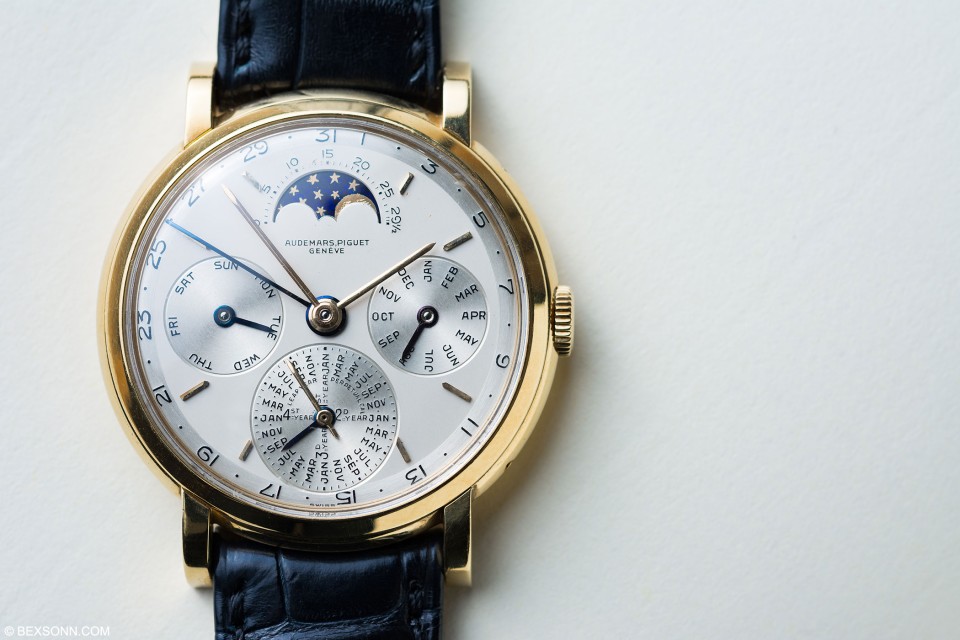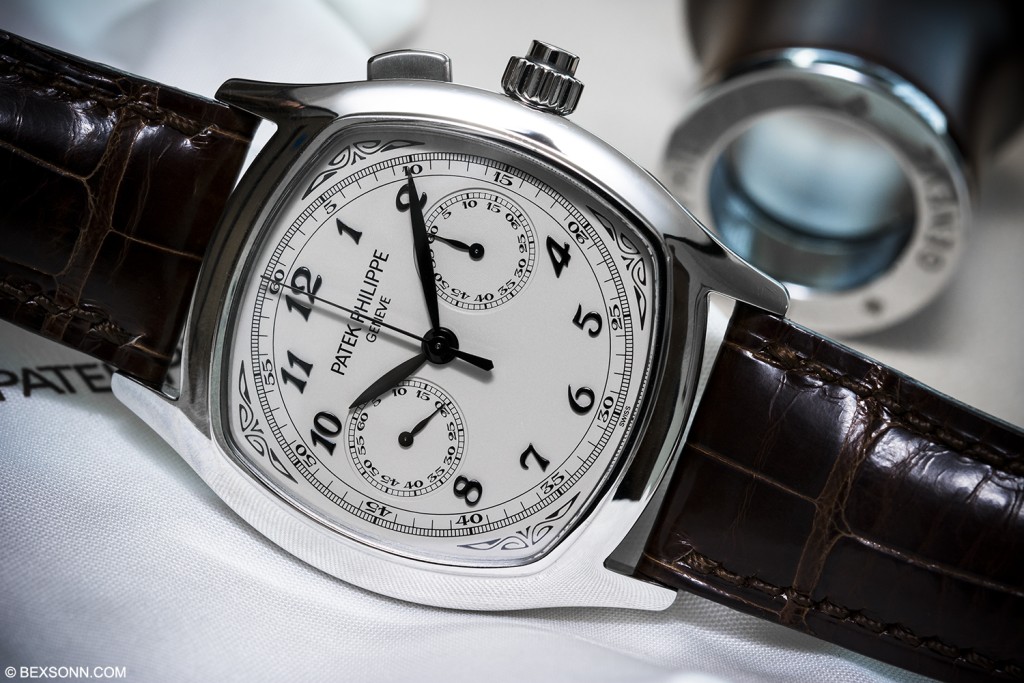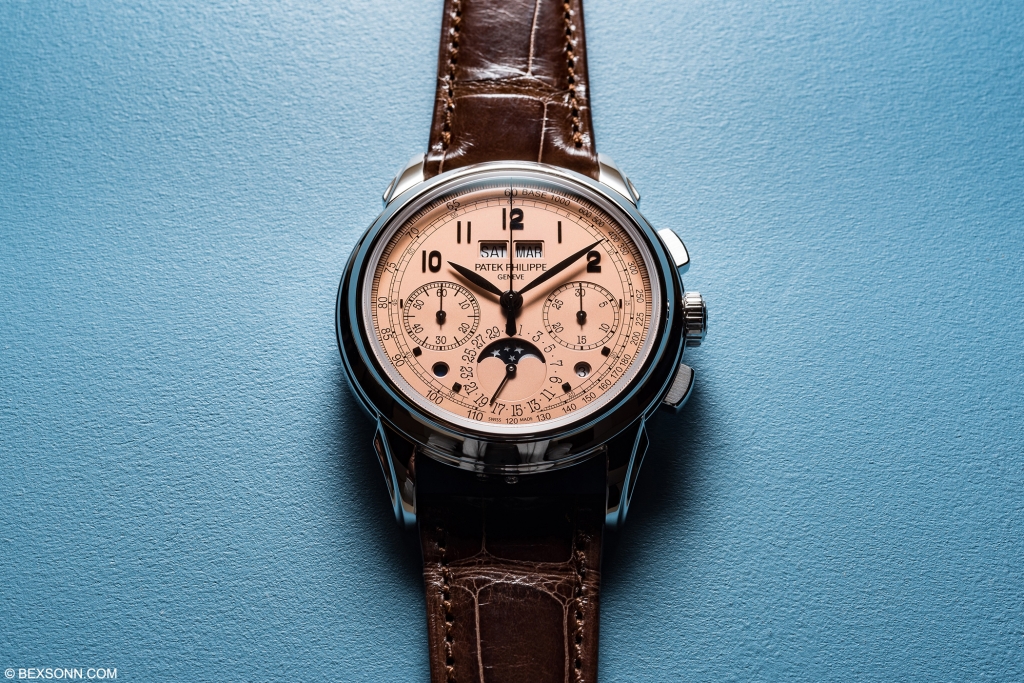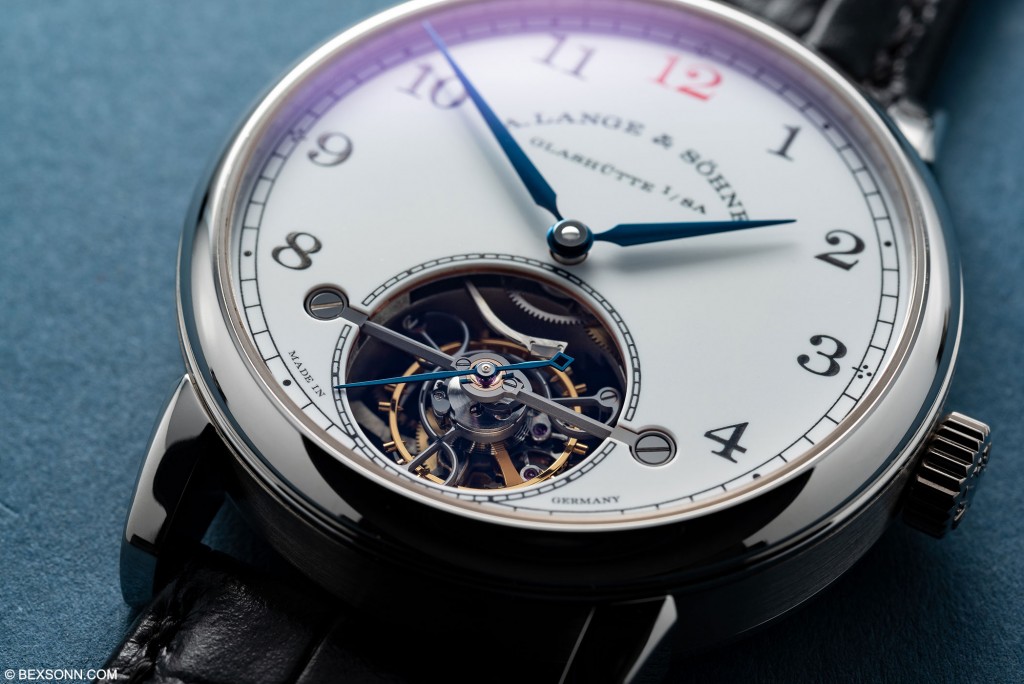Grand complication timepieces embody an array of intricate features. While Patek Philippe often applies this term to their top-tier wristwatches boasting multiple complications, it’s essential to recognize that it’s not a blanket definition. A wristwatch featuring a chronograph and date function doesn’t automatically qualify as a grand complication. The distinction is more nuanced. Let’s delve into examples of these complexities and what distinguishes them as grand.
One such complexity is the rattrapante chronograph, or “split-seconds” for those unfamiliar with French. The primary function of this complication is to enable the precise comparison of split-second timings, such as in a race. Despite its seemingly straightforward nature as a chronograph with split-seconds functionality, it attains grand complication status due to the extraordinary difficulty involved in producing such movements. The rattrapante exists in various forms, with one notable example being the mono-pusher rattrapante like the Patek Philippe 5950A. Controlled via a push piece at 2 o’clock, it offers start, stop, and reset functions, making it one of the simpler variants.
Another remarkable complication is the perpetual calendar, a marvel of mechanical engineering that displays the day, date, month, and sometimes the year. The ability of a mechanical timepiece to manage date mathematics is astounding, especially considering perpetual calendar wristwatches that remain accurate for centuries, requiring only occasional adjustments. These timepieces must factor in varying month lengths and leap years while maintaining exceptional accuracy, achieved through a complex system of gears operating at different frequencies.
Among the complications discussed, the Tourbillon stands out as the most controversial. While some argue it’s not a complication but rather an advancement in watchmaking, many manufacturers use it to enhance the value of their timepieces. Invented by Louis Abraham Breguet in the late 18th century, the Tourbillon is a mechanism that continuously rotates the balance wheel, balance spring, and escapement to counteract the effects of gravity. Its practical usefulness today may be debatable, but it serves as a showcase of a watchmaker’s technical prowess, particularly when integrated with other complications.
Among the grand complications, the repeater holds a place as one of the most archaic. Originally designed to allow users to tell time in the dark by audibly chiming the hours and sometimes minutes, the repeater predates electricity. It comes in various forms, including the Grande Sonnerie and the minute repeater, which is the most common.
While each of these complications is significant on its own, it’s their combination in a single timepiece that truly elevates it to the status of a Grand Complication. Happy Leap Year!



